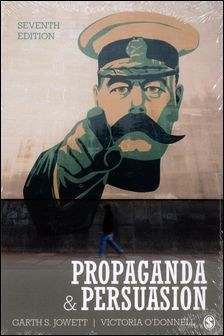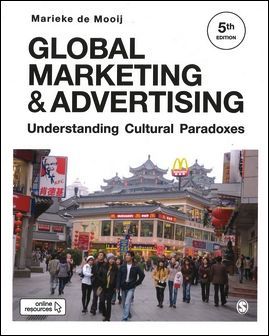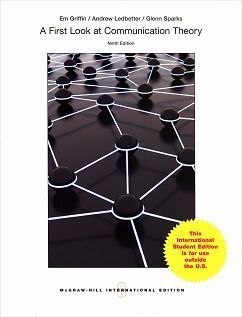書籍分類

Propaganda and Persuasion 7/e
作者:Garth S. Jowett, Victoria O'Donnell
原價:NT$ 1,650
內容介紹 本書特色 目錄 作者介紹
- Description
- New coverage of social media as a disseminator of propaganda offers readers an up-to-date perspective.
- The book’s four case studies have been updated and strengthened to demonstrate their relevance not only to past and contemporary culture, but also to the study of propaganda campaigns.
- New coverage of how a propaganda case study can be structured to reveal the components of a campaign allows students to compare strengths and weaknesses across different types of campaigns and evaluate the relative success of various propaganda strategies.
- Updated research on persuasion and expanded coverage of collective memory as it appears in new memorials and monuments enhances the presentation.
- Current examples of propaganda, especially the ways it is disseminated via the Internet, deepen student understanding.
- New illustrations and photos add a unique visual dimension that helps readers conceptualize methods of persuasion and propaganda.
Reflecting the remarkable changes in the world of propaganda due to the increasing use of social media, this updated Seventh Editionprovides a systematic introduction to the increasingly complex world of propaganda. Viewing propaganda as a form of communication, the authors help readers understand information and persuasion so they can understand the characteristics of propaganda and how it works as a communication process. Providing provocative case studies and fascinating examples of the use of propaganda from ancient times up through the present day, Propaganda and Persuasion provides an original model that helps students analyze the instances of propaganda and persuasion they encounter in everyday life.
New to the Seventh Edition:







